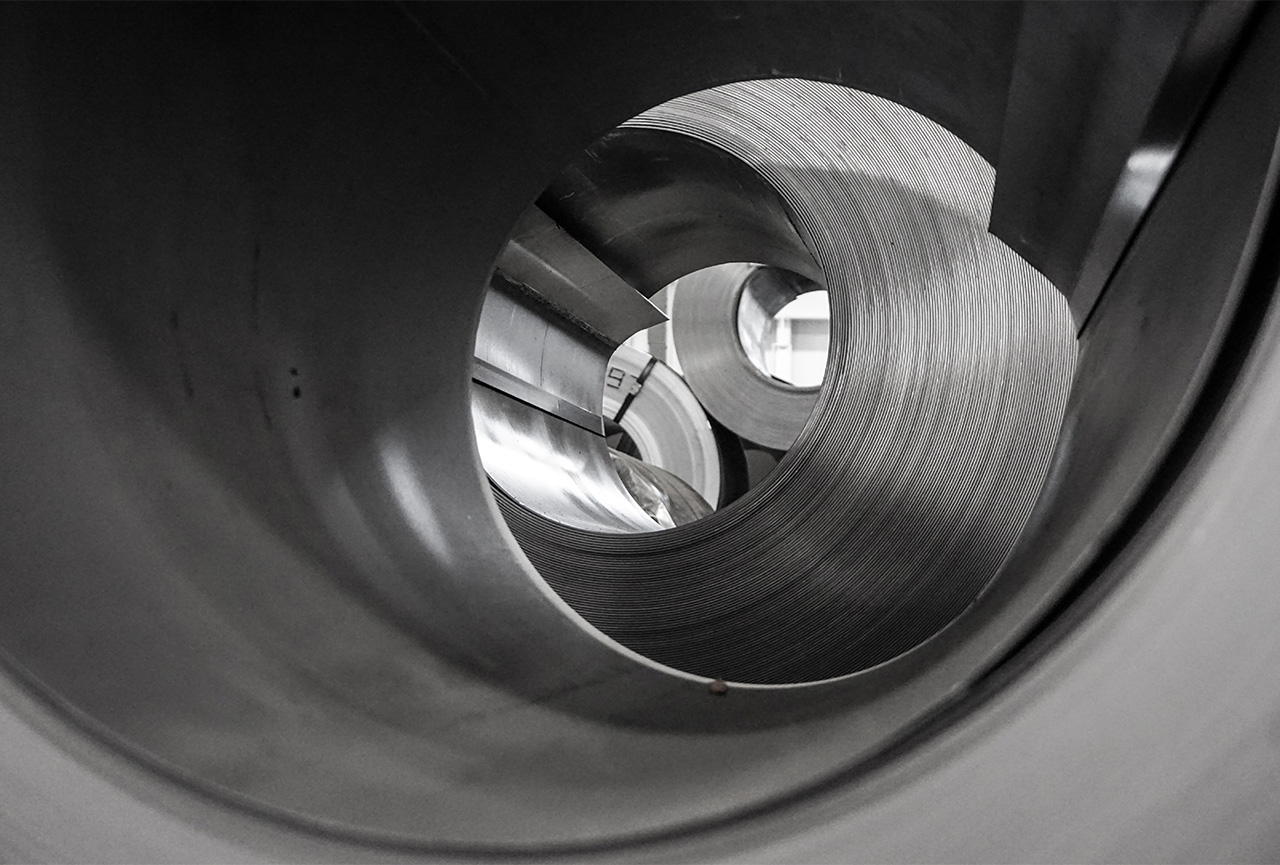Carbon steel is an exceptional metal known for its malleability, ductility, and strength, depending on how much carbon is present. One disadvantage of the material, however, is that it doesn’t contain enough chromium, so it can’t form a chromium oxide layer that would protect it from rust. This vulnerability spells trouble for industrial facilities; deteriorating buildings, bridges, and pipes are unsightly, costly to repair, and affect operations adversely.
Metallurgists, however, have devised a way to protect carbon steel from rust: galvanization. As a leading provider of metal fabrication services, Hascall Steel Company includes galvanized carbon steel in its service lineup because of its resistance to corrosion. Let’s explore how galvanization protects carbon steel and makes it ideal for various applications.
The Power of Zinc
Galvanization refers to the process of coating metals like carbon steel in zinc, which has a high resistance to corrosion. This way, the iron in the base metal is no longer exposed to moisture and air, preventing rust.
Galvanization also protects carbon steel through galvanic corrosion. This happens when two metals of a different electrochemical makeup come in contact with one another in the presence of an electrolyte. One of them becomes an anode and the other, a cathode. The anode corrodes faster while the cathode corrodes slower than they do by themselves. In the galvanization process, the zinc is usually the anode; it helps slow down the corrosion of the cathode, which is the carbon steel.
The Galvanization Process
Galvanization, also known as hot-dipped galvanization, involves dipping carbon steel into molten zinc. It starts with cleaning the steel to ensure that a bond forms between it and the zinc. Then, workers flux it to remove any remaining residual oxides. They then immerse the metal in a liquid bath of zinc, covering it completely. This protects the base metal for decades, even without maintenance.
Galvanization is a tried-and-tested process. Metallurgists, in fact, have been using this method since 1742.
Some companies offer more than galvanized metal. Hascall Steel Company, for instance, provides galvanneal and galvalume steel. Galvanneal is steel exposed to heat after being immersed in molten zinc, acquiring particular properties. Galvalume, meanwhile, is a proprietary steel coating consisting of 55% aluminum, 43.4% zinc, and 1.6% silicon. It has twice the lifespan of traditional galvanized metal.
Electro Galvanizing
A bath of molten zinc is not the only way to galvanize metals. Unlike hot-dipped galvanization, electro galvanization uses an electrical current in a saline or zinc solution to transfer zinc ions. A strong zinc coating develops as the ions are deposited unto the base metal.
Electro galvanization provides a smoother and more uniform finish than hot-dipped galvanization. The coating, however, is usually thinner.
The Sustainable Choice
Not only does galvanization create better products, but it is also a sustainable way to prevent rust. The American Galvanizers Association says the zinc coating protects carbon steel for many years, allowing for minimal economic and environmental impact. After all, businesses won’t have to spend resources to rehabilitate it. Additionally, its main components — zinc and steel — are abundant and recyclable.
Galvanized steel has an impressive set of advantages, which is why Hascall Steel Company offers the material. We coat steel using hot-dipping, electro galvanizing, galvannealing, and galvaluming processes. If your project calls for superior galvanized steel, don’t hesitate to ask us. Contact us today to request a quote.

